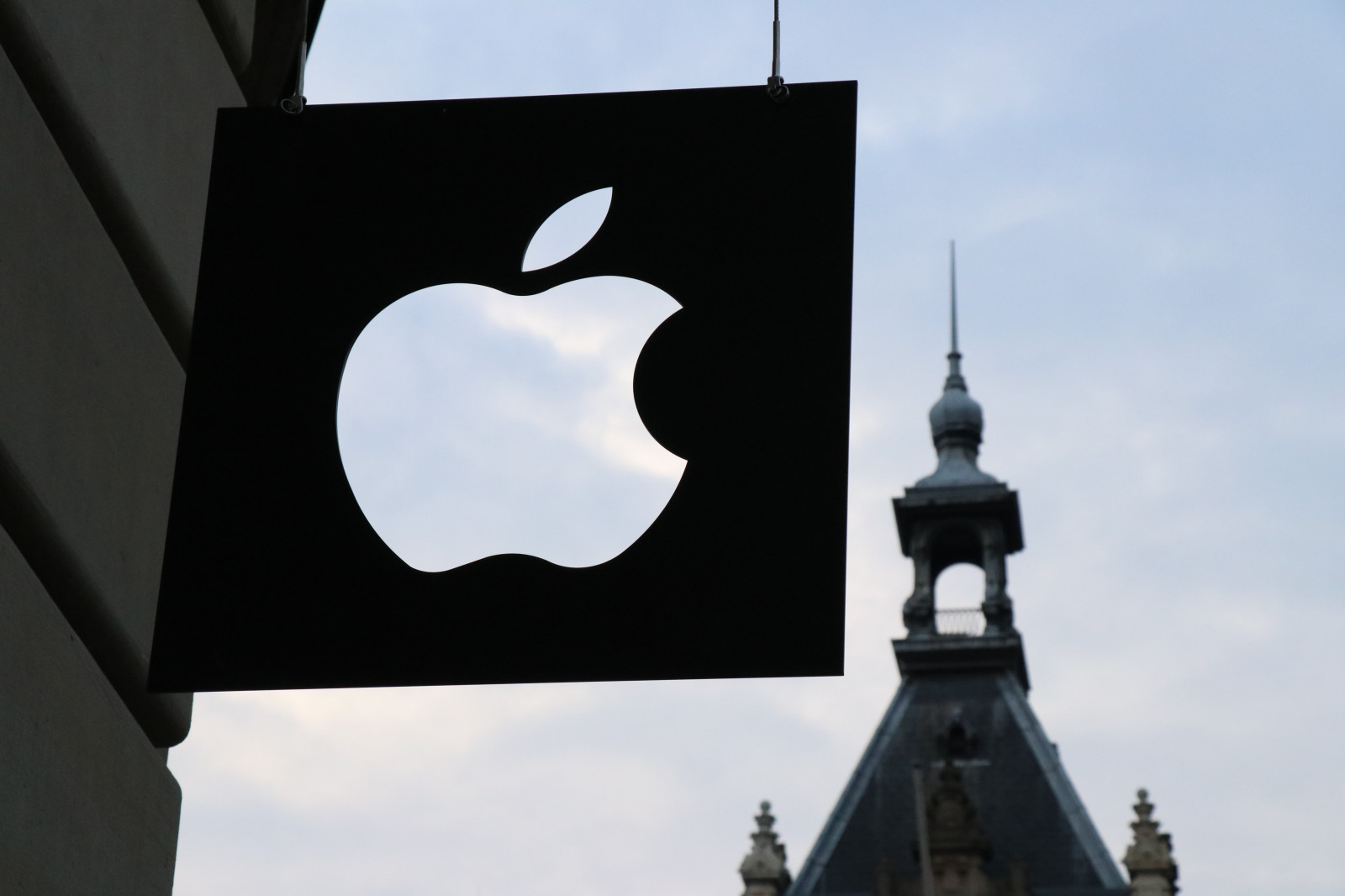How Apple’s podcast updates edge out the competition

Photo: Medhat Dawoud

As the podcast investment boom slows down, it is time for platforms to shift their focus to innovation — both in the listener experience and the format as a whole. Currently, Apple Podcasts is the third most-used podcast listening platform, behind Spotify and YouTube. Apple’s iOS 17 updates include many changes to Apple Podcasts, including displaying creator artwork and improved queue and search controls. Perhaps most importantly, Apple Podcasts is now a one-stop shop for both third-party and Apple’s own audio subscriptions. Apple is leveraging every part of its multimedia ecosystem to expand its podcast experience.
Hub for publisher subscriptions
As audio entertainment fragments across platforms, a trend accelerated by some platforms’ exclusive content strategies, consumers are balancing multiple services that can sometimes overlap in content offerings. For instance, a Wondery listener can access Wondery shows on any major platform. However, Wondery+ subscribers can only access their exclusive content on the Wondery app. While platforms aim to use this strategy to retain users, it can make for a splintered and frustrating consumer experience.
Now, Apple Podcasts will automatically recognise users’ podcast content subscriptions from in-app purchases in the App Store. Apple is already earning revenue from those subscriptions, as its 30% App Store commission charge applies to in-app subscription purchases, although it falls to 15% after one year. Listeners who purchased the subscription elsewhere, such as via another platform’s website, can log in with their existing credentials. Now, subscribers to partnering publishers, such as The Economist and Bloomberg, can access everything they want to listen to in the Apple Podcasts app, consolidating their listening experience. Because it owns the App Store, Apple is perhaps the only multimedia company that could centralise the podcast-listening experience in this way, giving it a huge competitive advantage. The benefit for partners is that users may be more likely to subscribe to content if they know a subscription will not force them to flip between apps.Moreover, if a publisher dismantles their own app – like Acast – they can still offer premium content via a major platform.However, not every partner will take this strategy. Notably absent from Apple’s partner publishers is The New York Times, which recently launched its own official podcast app for subscribers to access exclusive podcasts.
Featured Report
MIDiA Research 2026 predictions Change is the constant
Welcome to the 11th edition of MIDiA’s annual predictions report. The world has changed a lot since our inaugural 2016 edition. The core predictions in that report (video will eat the world, messaging apps will accelerate) are now foundational layers of today’s digital economy.
Find out more…Apple is appealing to a crucial segment of the podcast market – the paying subscribers. Especially as the economic downturn adversely impacts advertising, the main source of revenue for the podcast market, platforms must explore other revenue streams, such as subscriptions. Of course, Apple Podcasts also gives creators the ability to offer subscriptions on its own platform — creators keep all of their ad revenue while Apple earns 15-30% of subscription revenue. While the majority of podcasts are available for free, consolidating paying listeners in one place can help Apple to better cater to this audience.
Amplifying the multimedia ecosystem
The fragmented audio market is amplifying the separation of content from format, blurring the lines of podcasts themselves. As podcast videos rise in popularity, this creates more competition both within the podcast market and across other entertainment verticals. This challenges creators and networks to facilitate audience transitions between audio and video platforms. But multimedia ecosystems, such as Apple One, have a unique competitive advantage.
Starting with the iPhone (which comes with Apple Podcasts installed) Apple can reach its users in every part of their consumption experience. iPhone users then use the App Store to download services and potentially use a companion device, like a Mac or Airpods, to consume content. Moreover, Apple has expanded its own content through a variety of subscriptions and apps that are now centralised on Apple Podcasts. For example, Apple Music and Apple One subscribers can now access Apple Music’s radio shows on Apple Podcasts, allowing listeners to follow shows and receive notifications for new episodes. Moreover, Apple News+ subscribers can now listen to audio stories from leading magazines and newspapers, both on Apple News and Apple Podcasts. By consolidating its content to one service, Apple is essentially minimising its own consumer fragmentation to maximise their user experience. Apple Podcasts is becoming a central focal point for audio content, amid the sea of oversaturated platforms.

The discussion around this post has not yet got started, be the first to add an opinion.